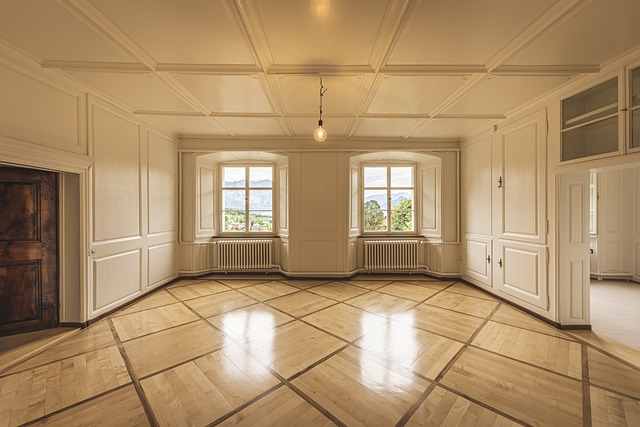Capitalizing on the Micro-Apartments Trend: A New Wave in the Real Estate Market
Micro-apartments have emerged as a popular housing trend in recent years, offering an innovative solution to the challenges of urban living. By maximizing limited space through clever design, these compact units have become a viable option for city dwellers seeking affordability and convenience. Let's delve into the rise of this real estate trend, its implications for investors and prospective homeowners, and what the future holds for this niche market.

The Emergence of Micro-apartments
The micro-apartment trend began as a response to the skyrocketing cost of housing in major cities. In places like New York, San Francisco, and Boston, traditional apartment or condo living became increasingly unaffordable for many residents. Developers began to experiment with smaller, more efficient living spaces, which resulted in the creation of micro-apartments. Designed to maximize every inch of square footage, these units often range from 200 to 400 square feet, significantly smaller than a standard apartment.
Current Market Trends and Insights
Micro-apartments have gained popularity among a diverse range of residents: from young professionals seeking affordable housing in city centers, to older adults downsizing in retirement. This has created a lucrative market for real estate investors. According to real estate market research, micro-apartments tend to have higher occupancy rates and generate higher per-square-foot rent than traditional apartments.
The Advantage and Challenges of Micro-apartments
While the smaller size of micro-apartments makes them more affordable, it also presents unique challenges. The limited space can make it difficult to accommodate traditional furnishings, requiring residents to be creative with storage and organization. Despite these challenges, the market for micro-apartments remains robust, with investors attracted by the potential for high rental yields.
Micro-apartments Impact on the Real Estate Market
The rise of micro-apartments has broad implications for the real estate market. For one, it presents an alternative to traditional housing models, appealing to a segment of the population that values location and affordability over square footage. This trend also signals a shift in societal attitudes towards housing, with more people willing to compromise space for the convenience of urban living.
Future of Micro-apartments
While the micro-apartment trend is still in its early stages, its impact on the real estate market is undeniable. As urban populations continue to grow, and the demand for affordable housing intensifies, micro-apartments offer a viable solution. For investors and developers, this trend presents an exciting opportunity to capitalize on a new and growing market segment.
In conclusion, the trend of micro-apartments is reshaping the real estate landscape. Despite the challenges posed by limited space, these compact living units offer a promising alternative for urban dwellers and a lucrative opportunity for savvy investors. As we look to the future, micro-apartments stand to play a significant role in the evolution of urban living and the broader real estate market.




